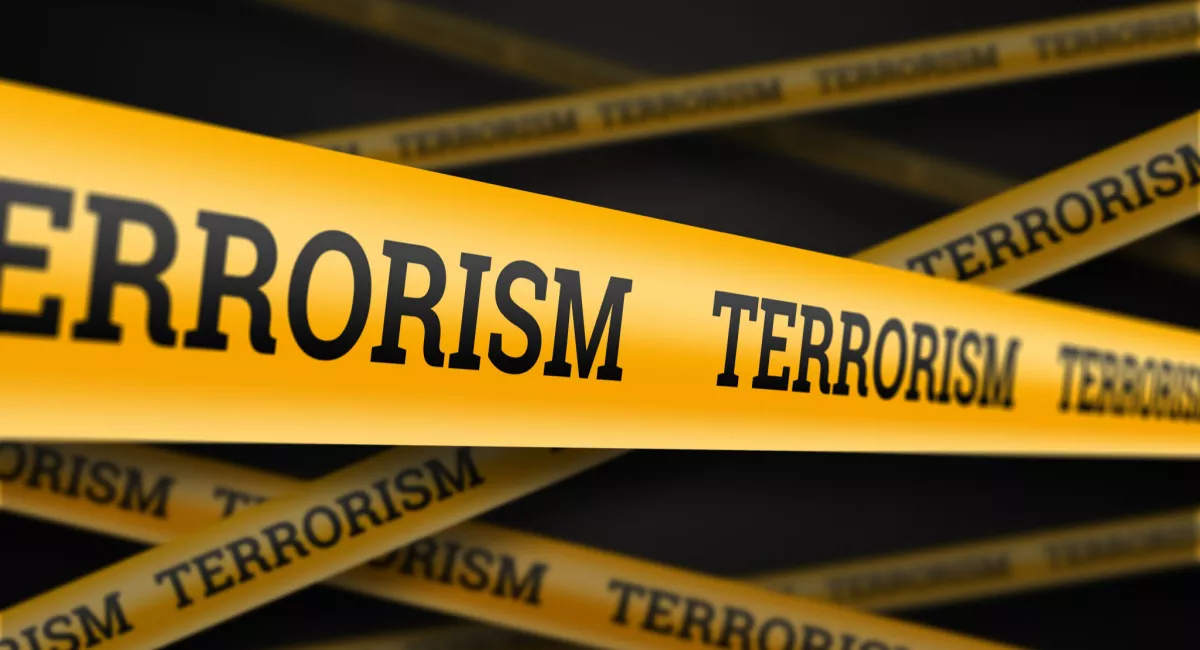You cannot prepare for everything so it is important to know the hazards which are more prevalent in your area and pose the greatest threats to your family and community. We will take a look at hazards that might be a concern for our area and then target our efforts to mitigate the impact of these threats. Earthquakes, Fire, Floods, Heat, Severe Thunder Storms, Tornados, Wind Storms, Pandemic
CERT FIRE SAFETY AND UTILITY CONTROLS

Fire Chemistry: How fire occurs, classes of fire, and choosing the correct means to extinguish each type of fire.
Fire and Utility Hazards: Potential fire and utility hazards in the home and workplace, and fire prevention strategies
Fire Size-up Considerations: How to evaluate fires, assess firefighting resources, and determine a course of action
Portable Fire Extinguishers: Types of portable fire extinguishers and how to operate them
Fire Suppression Safety: How to decide if you should attempt to extinguish a fire; how to approach and extinguish
Hazardous Materials: How to identify potentially dangerous materials in storage, in transit, and in your home
CERT DISASTER MEDICALOPERATIONS 1
Life-Threatening Conditions: How to recognize and treat an airway obstruction, bleeding, and shock.
Triage: Principles of triage and how to conduct triage evaluations.

DISASTER MEDICALOPERATIONS 2
Mass casualty Incidents: How to assist first responders in responding to mass casualty incidents.
Disaster Medical Treatment Areas: Types of medical treatment areas.
Head-to-Toe Assessment: How to perform a head-to-two assessment to identify and treat injuries.
Public Health Considerations: How to maintain hygiene and sanitation.
CERT SEARCH AND RESCUE

Search and Rescue Size up: How to size up the situation in which the search and rescue teams will operate.
Conducting Interior and Exterior Search Operations: How to search systematically for disaster victims.
Conducting Rescue Operations: Safe techniques for lifting, leveraging, cribbing, and victim removal.
CERT ORGANIZATION
CERT Organization: How to organize and deploy CERT resources according to CERT organizational principles.
Rescuer Safety: How to protect your own safety and your buddy's during search and rescue.
Documentation: Strategies for documenting situation and resource status.
DISASTER PSYCHOLOGY

Disaster Psychology: The psychological impact of a disaster on rescuers and victims and how to provide "psychological first aid."
Caring for Yourself, Your Buddy, and Victims: Steps one can take individually and as part of a CERT before, immediately following, and after a disaster
CERT and TERRORISM
What is Terrorism: The definition of terrorism and terrorist goals
Terrorist Targets: How terrorists choose their targets

CBRNE Indicators: Cues that help to identify when a terrorist attack may have occurred or may be imminent.
Preparing at Home, Work, and in Your Neighborhood: Ways to prepare for a terrorist incident.
CERTs and Terrorist Incidents: CERT protocols for terrorist incidents and protective action following an event.
PERSONAL PREPAREDNESS
Roles and Responsibilities for Community Preparedness: How everyone in a community has a role in disaster preparedness and response.

Elements of Disasters and Their Impact on the Infrastructure: The potential effect of extreme emergencies and disasters on transportation; electrical service; telephone communication; availability of food, water, shelter, and fuel; and emergency services.
Personal and Organizational Preparedness: How you can prepare in advance to improve the quality of your survival and reduce the damage from hazards.
Role of CERTs: CERT organization, disaster, non-disaster roles, and laws that protect disaster workers from liability.
